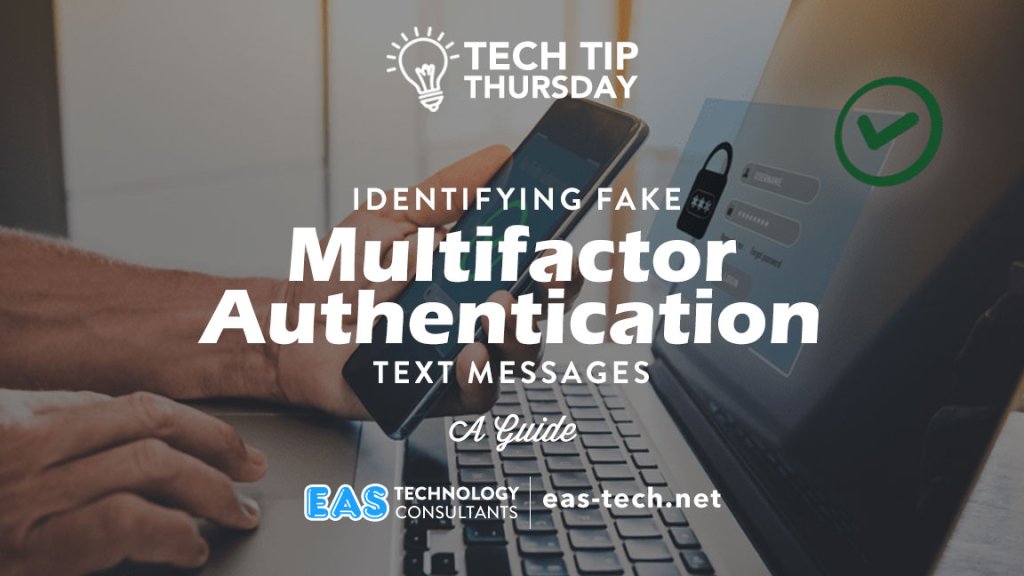
Multifactor authentication (MFA) has become an essential security measure for protecting online accounts from unauthorized access. However, cybercriminals are continually developing sophisticated methods to bypass this extra layer of security. One prevalent technique involves sending fake text messages that imitate legitimate MFA messages. Let’s explore some key indicators that can help you spot a fake MFA text message from the real thing.
Verify the Sender’s Identity:
The first step is to scrutinize the sender’s identity. Legitimate MFA messages usually come from recognized organizations or service providers. Take a moment to verify the sender’s name and number against official sources. If the sender’s details do not match or seem suspicious, exercise caution and refrain from clicking any links or providing personal information.
Pay Attention to the Message Content:
Authentic MFA messages typically provide concise and straightforward instructions, such as confirming a login attempt or providing a verification code. They often avoid using alarming or urgent language to create a sense of urgency. Be cautious if the message contains grammatical errors, typos, or uses overly aggressive language. These are common signs of a fraudulent attempt.
Examine the URL or Link:
Avoid clicking on any links provided in the text message without verifying their legitimacy. Phishing attempts often rely on deceptive links that redirect users to malicious websites designed to steal personal information. Hover over the link (without clicking) to preview the actual URL. Ensure that the link matches the official website of the organization in question. Secure websites should start with “https://” and display a padlock icon.
Check for Unusual Requests:
Legitimate MFA messages generally ask you to confirm or verify a specific action, such as logging into an account. Be cautious if the message requests unusual or unexpected actions, such as requesting personal information, login credentials, or financial details. Legitimate organizations rarely ask for sensitive information through text messages.
Trust Your Instincts:
If something feels off or raises suspicion, trust your instincts. Cybercriminals often use psychological tactics to manipulate victims into taking immediate actions without thinking critically. Remember that legitimate organizations will not ask you to provide confidential information or take sudden actions through unsolicited text messages.
As cyber threats continue to evolve, it is crucial to stay vigilant and develop a discerning eye when it comes to identifying fake MFA text messages. By verifying the sender’s identity, scrutinizing the message content, examining URLs or links, being cautious of unusual requests, and trusting your instincts, you can significantly reduce the risk of falling victim to phishing attempts. Remember, maintaining strong security practices and staying informed are essential for safeguarding your digital identity and personal information.
